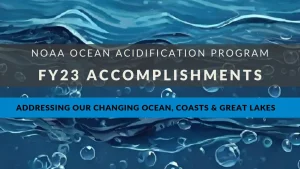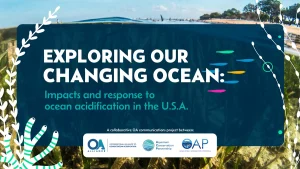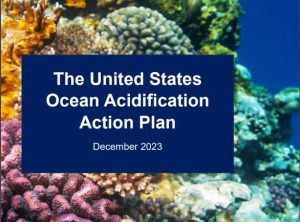NOAA Coral Reef Conservation Program
Who: This competitive program provides funding via grants or cooperative agreements to institutions of higher education, non-profit organizations, for-profit organizations, and local and Indian tribal government agencies to support coral reef conservation projects in the United States, as authorized under the Coral Reef Conservation Act of 2000 (16 U.S.C. §§ 6401-6409).
Where: These awards are intended to support coral reef conservation projects in shallow water coral reef ecosystems, including reefs at mesophotic depths, in American Samoa, the Commonwealth of the Northern Mariana Islands, Florida, Guam, Hawaii, Puerto Rico, the U.S. Virgin Islands, and coral-dominated banks in U.S. portions of the Gulf of Mexico. Applicants may propose projects in the Northwestern Hawaiian Islands and the U.S. Pacific Remote Islands, but the Coral Reef Conservation Program does not consider these locations as priorities under this announcement.
Program Priorities: Priorities fall within five major categories: 1) Improve Fisheries Sustainability; 2) Reduce Land-Based Sources of Pollution; 3) Increase Resilience to Climate Change; 4) Restore Viable Coral Populations; and 5) Local and Emerging Management Needs. These categories are described in more detail in the full Federal Funding Opportunity announcement. Applications should address CRCP’s national priorities or the jurisdictional priorities as described in the five categories.
Funding Amount: Applicants may propose projects that include a Federal funding amount between $30,000 and $80,000; the average Federal funding amount for successful projects will be approximately $50,000. Applicants must provide a 1:1 match of non-Federal funds or must submit a request to NOAA to waive the matching requirement if the applicant can demonstrate 1) no reasonable means are available through which an applicant can meet the matching requirement, and 2) the probable benefit of the project outweighs the public interest in such matching requirement.
How: Applicants should apply through www.grants.gov; however, applicants unable to use www.grants.gov may mail a complete application package including the required Federal forms, which must be signed by hand and dated. All applications should follow the specific application requirements described in the full Federal funding opportunity announcement.
When: Applicants should submit complete applications via www.grants.gov by 11:59 PM Eastern Time on January 29, 2019. If submitted via mail, applications must include an official postmark or a delivery service that provides a tracking number and receipt, documenting that the application was mailed prior to the January 29, 2019 deadline. Private metered postmarks are not acceptable. In any event, mailed applications received later than 10 business days following the closing date will not be accepted.
Interested applicants may obtain the full Federal Funding Opportunity announcement by visiting www.grants.gov, clicking on the “Search Grants, tab” and searching by funding opportunity number (NOAA-NOS-OCM-2019-2005879) or by CFDA number (11.482).
If you need further information, please contact liz.fairey@noaa.gov.





